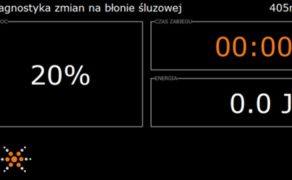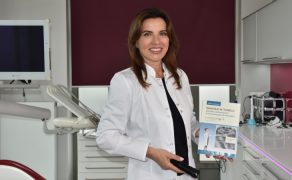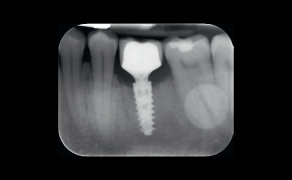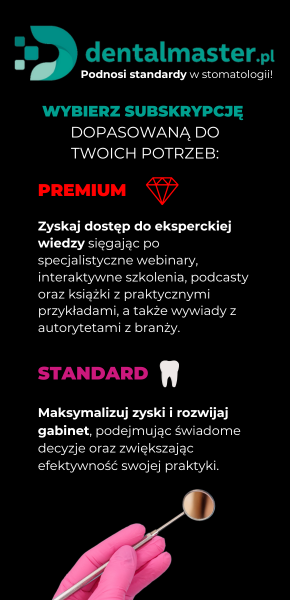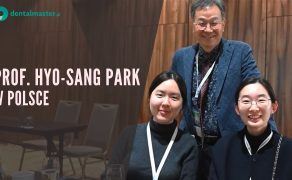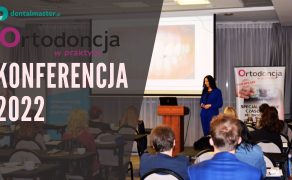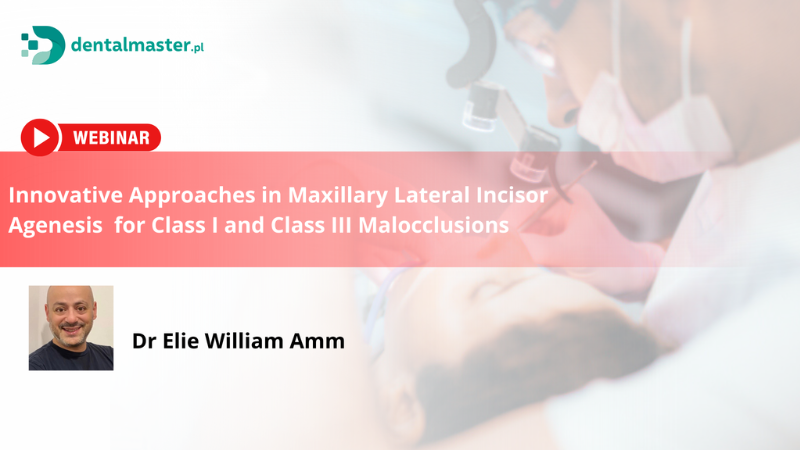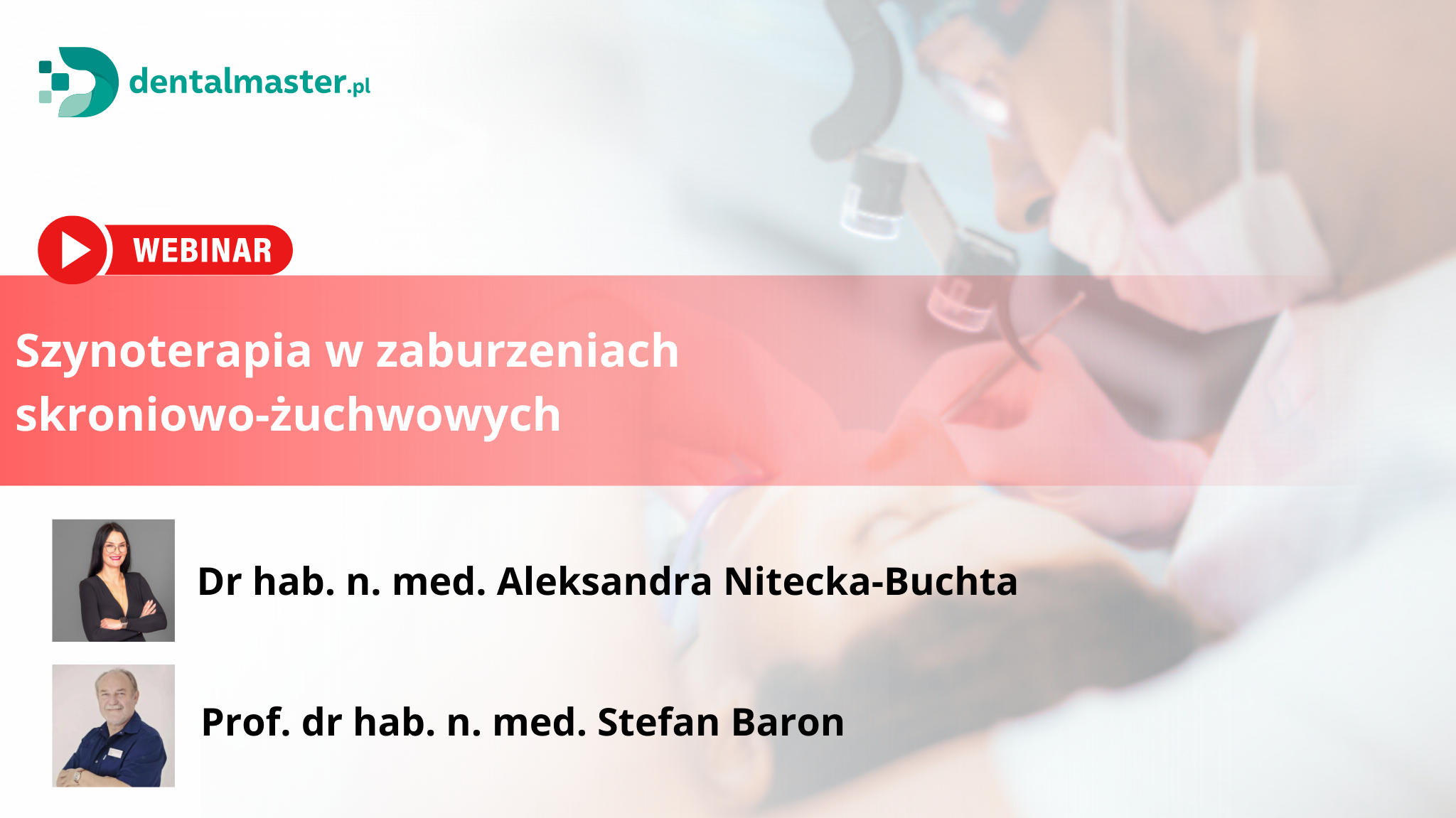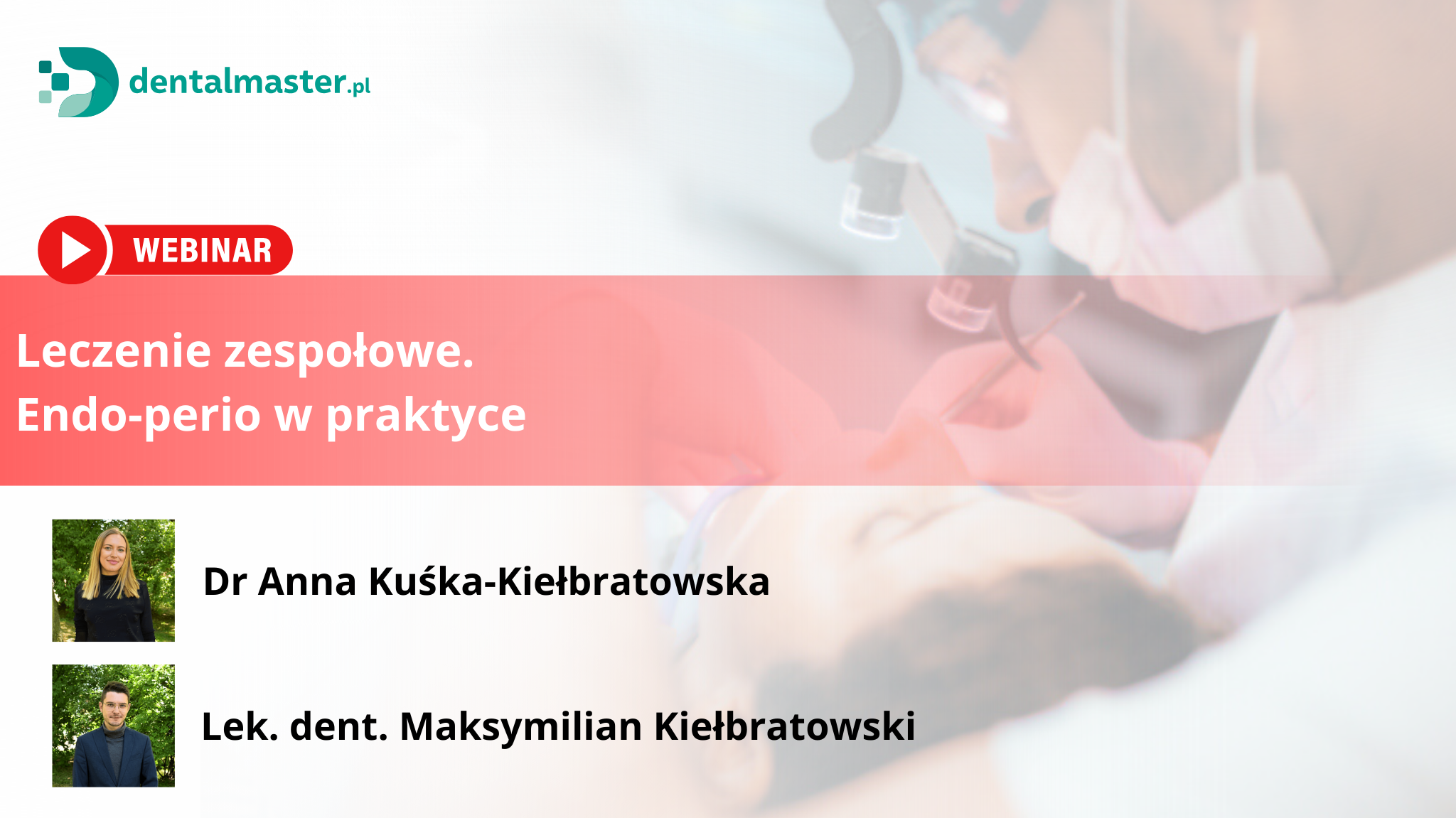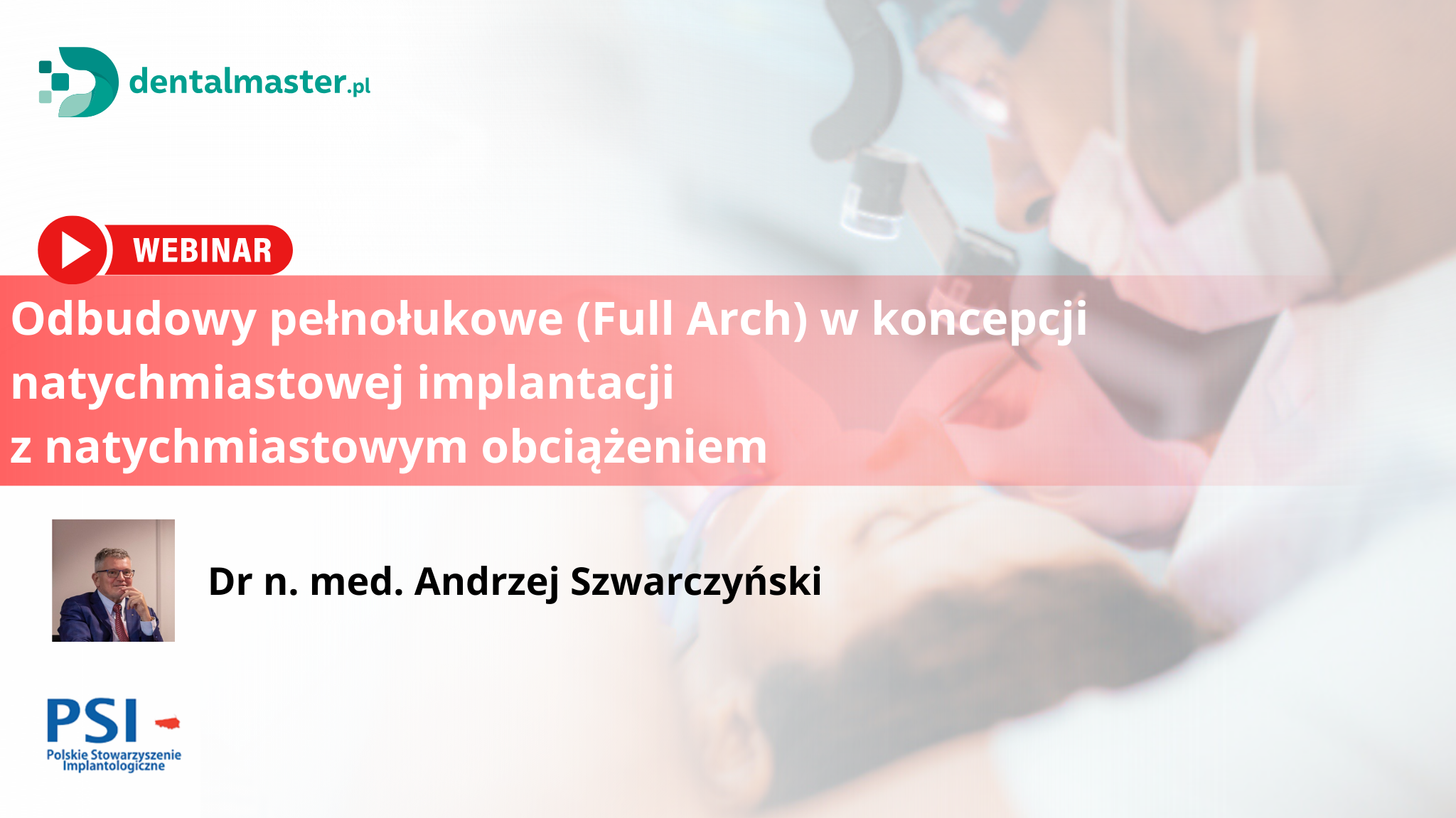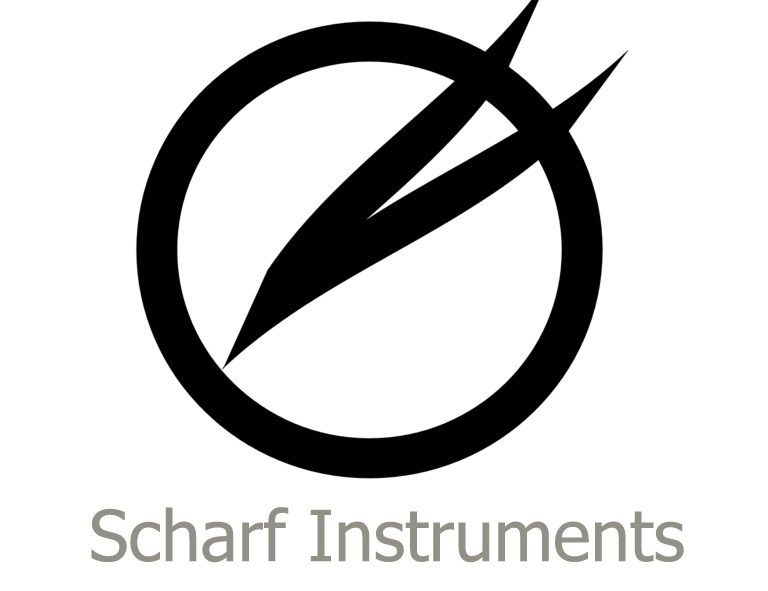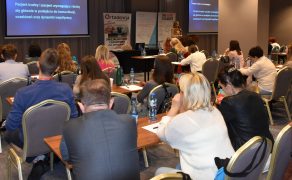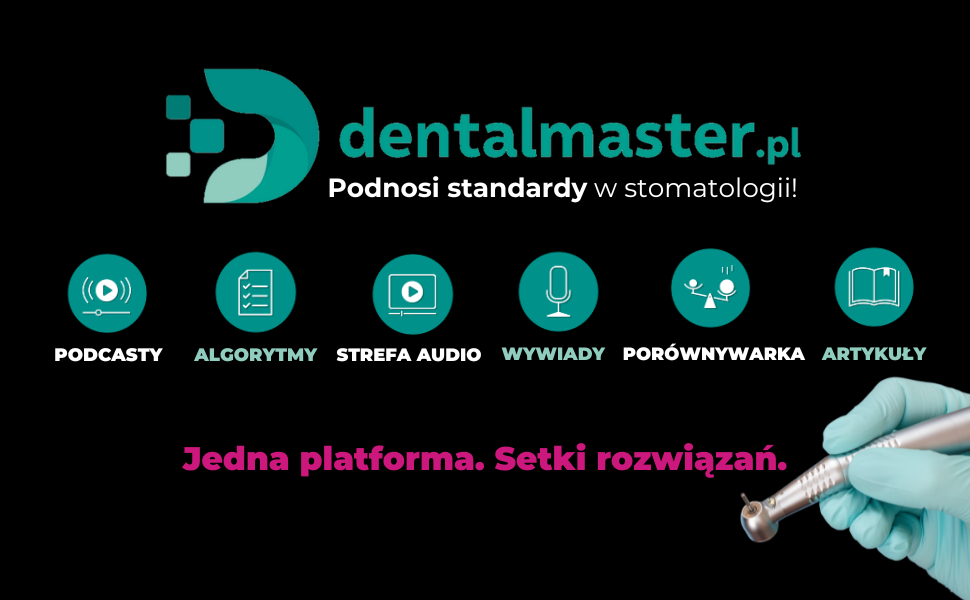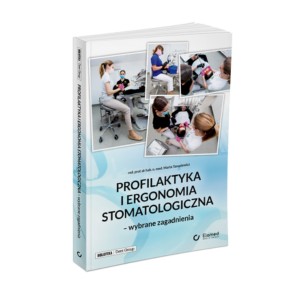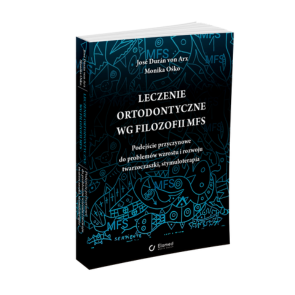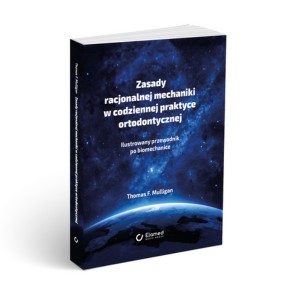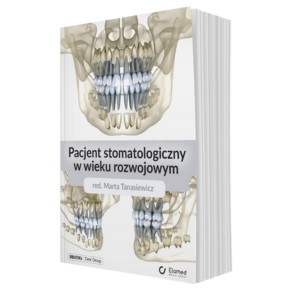Wpływ terapii fotodynamicznej (PDT) na biofilm Enterococcus faecalis w pierwotnych i wtórnych zakażeniach doświadczalnych kanału korzeniowego
Enterococcus faecalis infection
Root canals were infected with a clinical isolate of E. faecalis. E. faecalis was cultured overnight in Tryptic Soy Broth (TSB) (Sigma-Aldrich) at 36°C at 5 to 10% CO2 and syringed into the prepared root canal using a 30 gauge irrigation needle. Root canals were infected with E. faecalis for 72 hours to allow biofilm formation. TSB was changed every 24 hours. After 72 hours the root canals were rinsed with 5 mL of sterile Ringer’s solution and a sampled using 3 sterile ProTaper F2 paper points (Dentsply®) to evaluate the presence of E. faecalis in the root canals. The paper points were transferred into 750 μl of sterile Ringer’s solution. The samples were cultured on blood agar to determine the presence of E. faecalis in the root canals. 10 specimens that were not root filled and 10 specimens with retreated root canals were left without infection with E. faecalis and served as a control group.
After 72 hours samples were taken using paper points and cultured on blood agar to verify, that non-infected root canals were free from microorganisms.
Antimicrobial treatment of primary infections
Seventy specimens with primary infections were randomly divided into three groups. In the first group (PDT group), the root canals of 20 specimens were treated using PDT (PACT200, Cumdente), which consists of a [...]

którzy są subskrybentami naszego portalu.
i ciesz się dostępem do bazy merytorycznej wiedzy!



